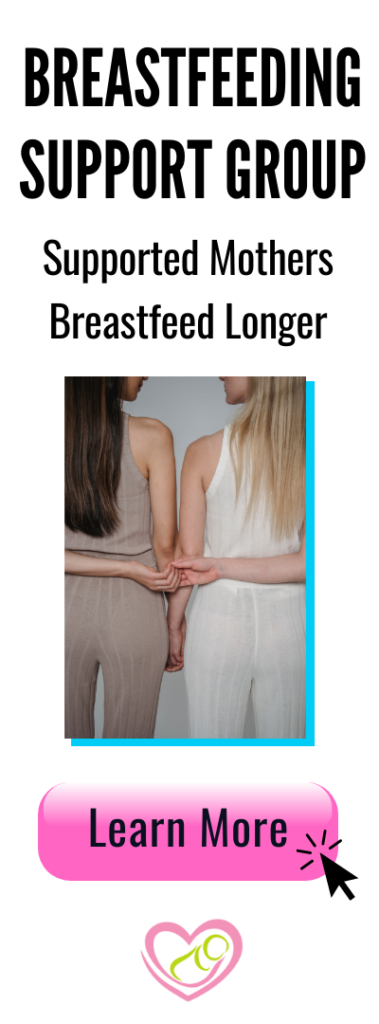Breastfeeding Your Newborn After Hospital Discharge
October 29, 2024 2024-10-29 14:22Breastfeeding Your Newborn After Hospital Discharge
Unsure about breastfeeding your newborn once you leave the hospital?
We got you.
HOW TO DEAL WITH ENGORGEMENT
Engorgement usually happens between days 3-5 postpartum, and is a result of the transition from colostrum to mature milk. Increased milk volume, blood and lymph fluids in the breasts can cause discomfort and interfere with latching, and can lead to worse issues such as clogged ducts and breast infections. Here are some tips to help relieve the discomfort during this stage. If engorgement does not improve in 24 – 48 hours, click here to book a consult with one of our Lactation Consultants.
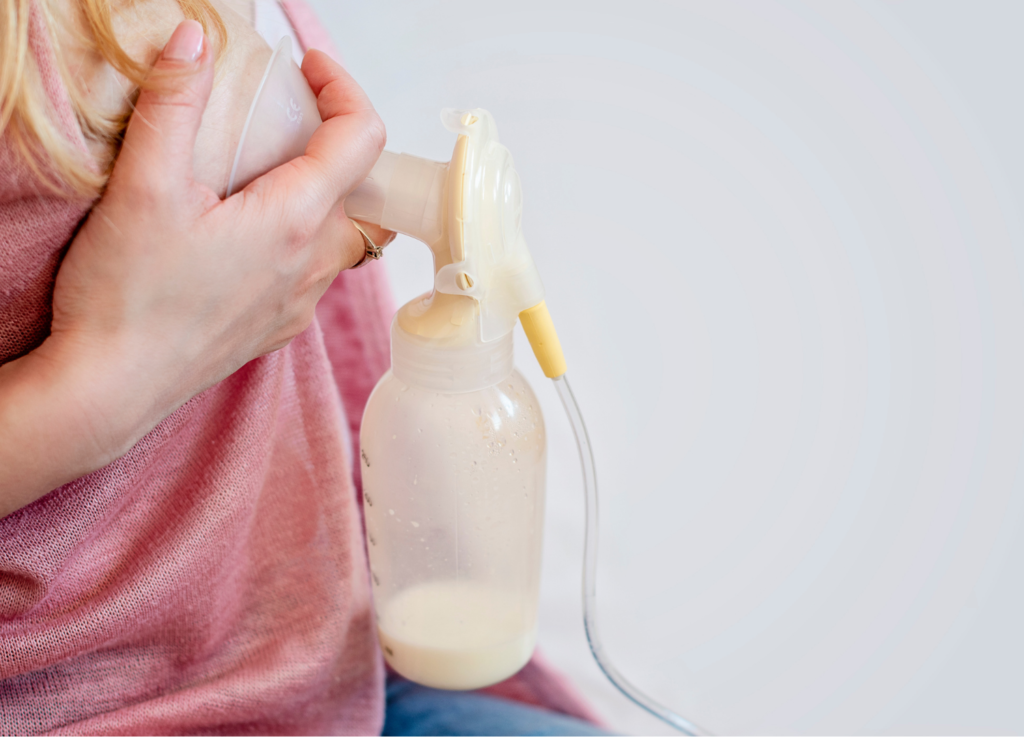
HOW CAN I MAXIMIZE MY PUMPING EFFORTS?
To discuss milk supply issues or other breastfeeding concerns, please book a full consultation with one of our IBCLCs.
WHAT SIZE FLANGES DO I NEED?
Flanges are the plastic funnel-shaped pieces that fit over your breast and nipple. Your pump will come with “standard” sized flanges, but they are not one size fits all! It’s estimated that 70% of people need a different size. In fact, one of our lactation consultants estimates that over 90% of her clients were using the wrong size!
Improper flange fit can lead to pain, clogged ducts, and inadequate pumping output. Watch our video to see how to measure to find your perfect fit.

HOW DO I KEEP MY SUPPLY WHEN I GO BACK TO WORK?
Returning to work after having a baby is stressful, and maintaining breast milk production can be overwhelming!
The good news is that with a little planning and preparation, you can continue to provide your baby with your breast milk- even while you are apart. Meeting with a lactation consultant (IBCLC) to formulate an individualized plan for making a smooth transition will help you maintain your desired breastfeeding relationship.
Looking for more general information? Take our Returning To Work class! Covered by most insurance, you will learn from feeding options, pumping, milk storage, bottles and more. To learn more and register for this class, click here.
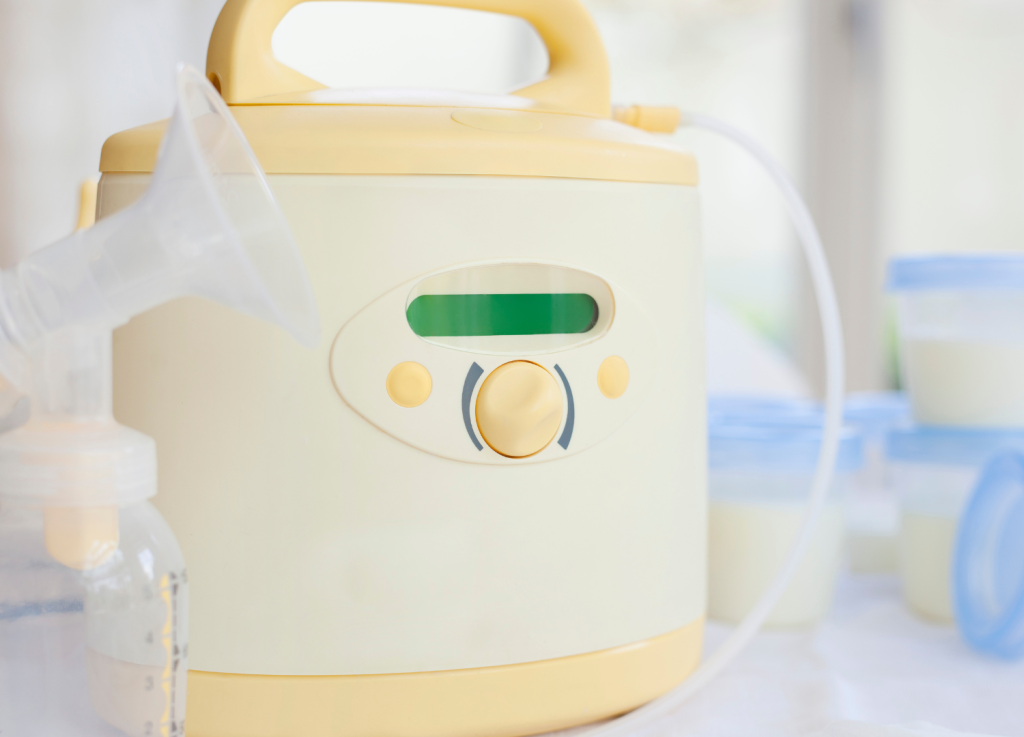
BREAST PUMP RENTALS
Looking to rent a hospital-grade breast pump? We’ve got you covered. At our Austin and Plano clinics, we offer Medela Symphony breast pump rentals (no need to be a client!)
Please note that our rentals are not covered by insurance. However, you may be able to receive reimbursement directly through your insurance provider. We are more than happy to provide you with a superbill to submit.
Your Rental Includes:
- Medela Symphony Hard Case with Adjustable Shoulder Strap
- Bottle holder
Accessories are sold separately! Personal accessory kits are available for purchase through us directly, at some retail stores, or online. The Medela Symphony Double Breast Pump Kit’s components are single-user items, and include tubing, bottles, membranes, breast shields (flanges) and valves. You may already have the needed items if you were given a Symphony pump to use in the hospital after delivery and brought these pieces home.
Medela Symphony’s Features & Benefits:
- 2-Phase Expression® technology: Designed to mimic a baby’s natural nursing rhythm.
- Convenient: Single or double pumping.
- Two separate, independent membrane units: Allows switching between single and double pumping by simply applying or removing the second collection kit to the breast
- Let-down button: Moms can easily return to stimulation by pressing the let-down button
- Initiate and maintain milk supply: If direct breastfeeding is not possible, as well as collect breastmilk at work or during other absences from the baby.
- Hospital grade: The pump’s kit is separate from the pumping mechanism and protected from overflow by a specially designed membrane.
- Whisper quiet operation.
- Easy to clean.
HOW DO I BOTTLE FEED MY BREASTFED BABY?
Watch Becca demonstrate how to pace your baby’s bottles to slow down their feeding and allow them to maintain control. Babies are naturally good at pacing themselves and knowing when they’ve had enough! With paced feeding, your baby will control the flow and work for their bottle like they do at the breast. This helps prevent bottle preference, overeating, and upset tummies.
Are you struggling with bottles or unsure when to introduce the bottle? Book a consult today! We will assess how your baby feeds and make a plan tailored to your needs. Most insurance accepted!
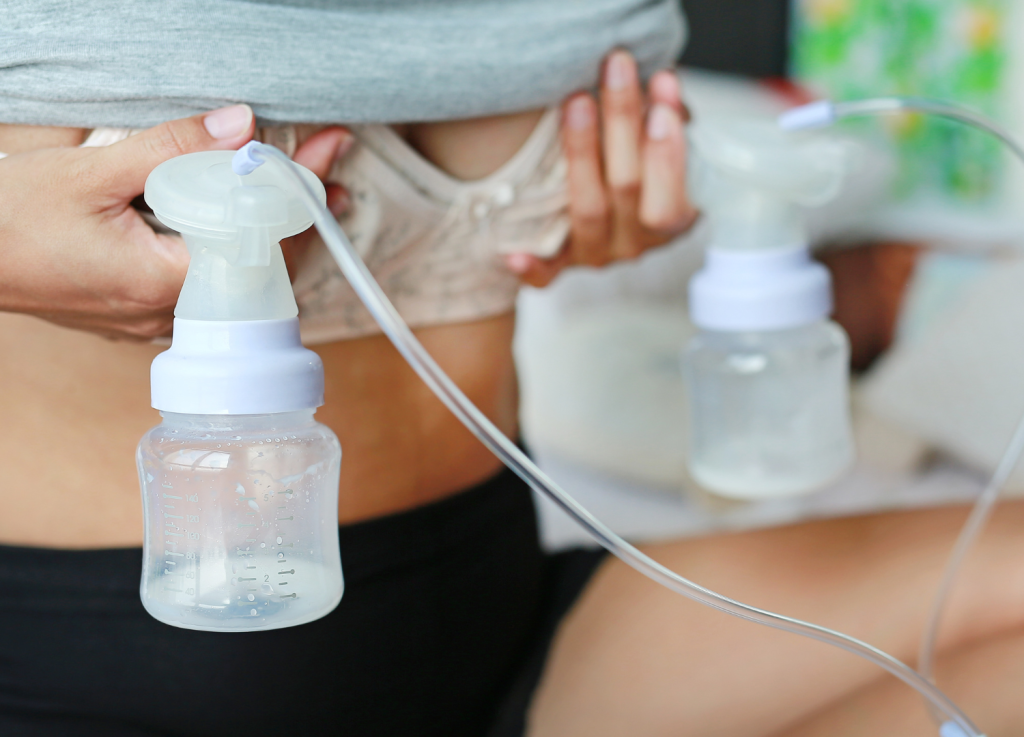
TIPS FOR EFFECTIVE MILK REMOVAL
“I love pumping!” said no one ever. We all want to get the most out of our pumping efforts. This can be tricky, especially when you can’t be with your baby to allow for the natural process of responding to their needs directly and on demand.
Whether you’re going back to work, traveling, trying to increase your supply, or just needing to store some extra milk for a rainy day, check out our article- 5 Basic Tips For Effective Milk Removal. These tips will help you maximize your output and feel positively about the task of pumping!
WHEN AND HOW TO USE A SILICONE PUMP
Many parents use this popular item incorrectly! A silicone pump (Haakaa or similar) is a broad spectrum pump that has multiple uses, and can be a very convenient tool to have in your supplies. However, using it incorrectly it can lead to concerning situations like your baby not getting enough during a nursing session or possibly triggering an oversupply of milk.
To ensure that you are using the silicone pump the right way, watch our 2 minute tip! If you still have questions or need help, do not hesitate to reach out.
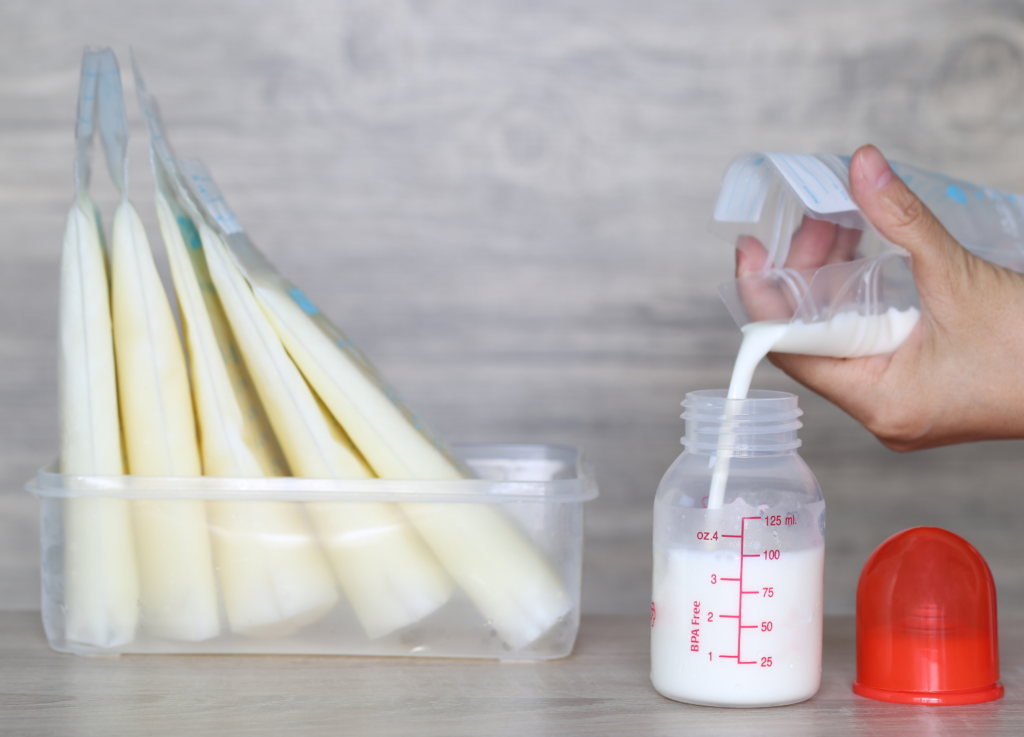
PROPER BREAST MILK STORAGE & HANDLING
Breast milk is a living substance containing millions of live cells, including white blood cells (for immunity) and stem cells (for organ development and healing). It also contains over 1000 proteins, amino acids, prebiotics, enzymes, growth factors, hormones, antibodies, long-chain fatty acids, microRNAs…the list goes on, and scientists are discovering more every day!
Properly storing and handling breast milk is important for your baby’s health and nutrition, starting with the conditions under which it is pumped, the type of storage container, when and how it is stored, and when and how it is thawed/warmed. To learn all about storing pumped breast milk and safe defrosting techniques, click below to read our full article!
Search


